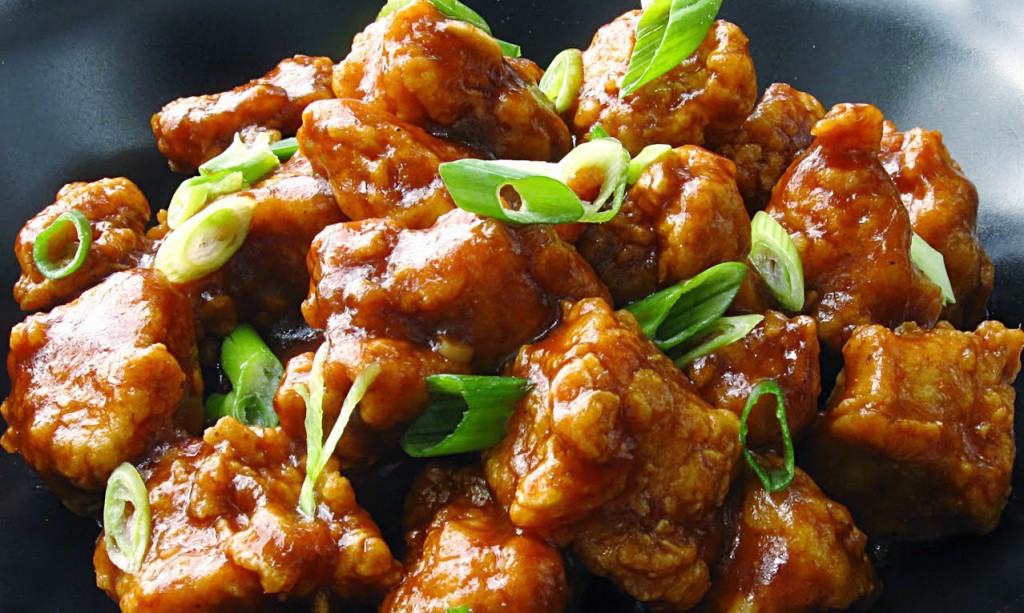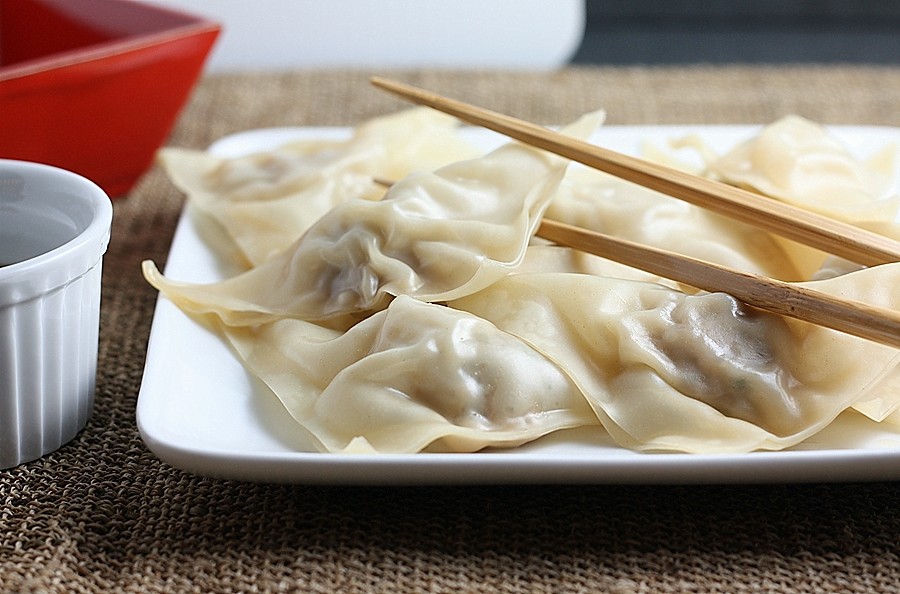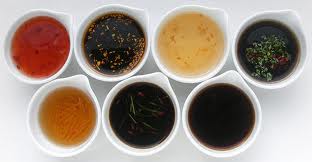“Let’s just order Chinese food.”
Mmm, don’t those words bring a smile to your face? One of life’s greatest gifts is the ability to order takeout on a lazy Sunday night. But how often do you order healthy takeout? Probably not so much.
The question is: how are college students supposed to order healthy food when, for most of us, the extent of our knowledge of the Chinese language begins and ends with the words “lo mein.” What the heck is the difference between chow mei fun and ho fun? And what the hell is schezuan?
Lucky for you, I did some research to teach you a tiny bit of Chinese and a whole lot about how to order healthier takeout.
1. What kind of entree would you like?

Photo courtesy of Asian Express Charlottes Ville
Once you finally dig up the Chinese takeout menu from the pits of despair in your room where all menus hide, you are met with your first decision: chicken, beef, pork, seafood, or veggie? Seriously though, this is the last thing your overly stressed out college brain needs to worry about. Go ahead and pick your favorite in this department, they don’t differ much nutritionally.
Note: I didn’t list noodle or fried rice because, if you’re planning to get lo mein, you should stop reading here. In other words, you don’t really have any healthy options with that one. However, I did promise to teach you the difference between chow mei fun and ho fun. Just so you know exactly what you are not ordering: chow mei fun is the thin threadlike noodle dish and ho fun is the super wide noodle dish.
2. How would you like that prepared?

Photo courtesy of First Look Then Cook
Most often your options are fried, stir-fried, or steamed. First off, you don’t need me to tell you not to eat food that has been dipped in batter, breaded and then cooked in a pool of liquid fat. But as I said, Chinese menus can be a bit hard to decipher, so don’t hesitate to ask if something might be fried.
Stir-frying is the most popular Chinese cooking technique, and fortunately one of the healthiest. It involves cooking at very high heats in just a little oil to produce extremely flavorful food.
And finally, steamed food — zheng, in Chinese — is your healthiest option available. Since it doesn’t require the food to be submerged in water or oil, you can bet fewer nutrients will be lost.
3. It’s time for some flavor!

Photo courtesy of Food Candy
If your mantra is “ignorance is bliss,” you too can stop reading here. Here is the saddest (but not all too surprising) news you will hear all month: almost all of your favorite sauces — sweet and sour, hunan, szechuan, orange, black bean, General tso’s, etc. — are absolutely loaded with sugar and cornstarch. But hey, what’s the point of getting Chinese food without ‘em?
I recommend either asking for half the sauce or getting it only on the side to dip your fork into. Or, if you are a more determined healthnut, order your food sauce-less and get hot mustard sauce, duck sauce or oyster sauce on the side instead. Now, commit this new mantra to memory, “the thicker the sauce, the thicker my thighs.”




